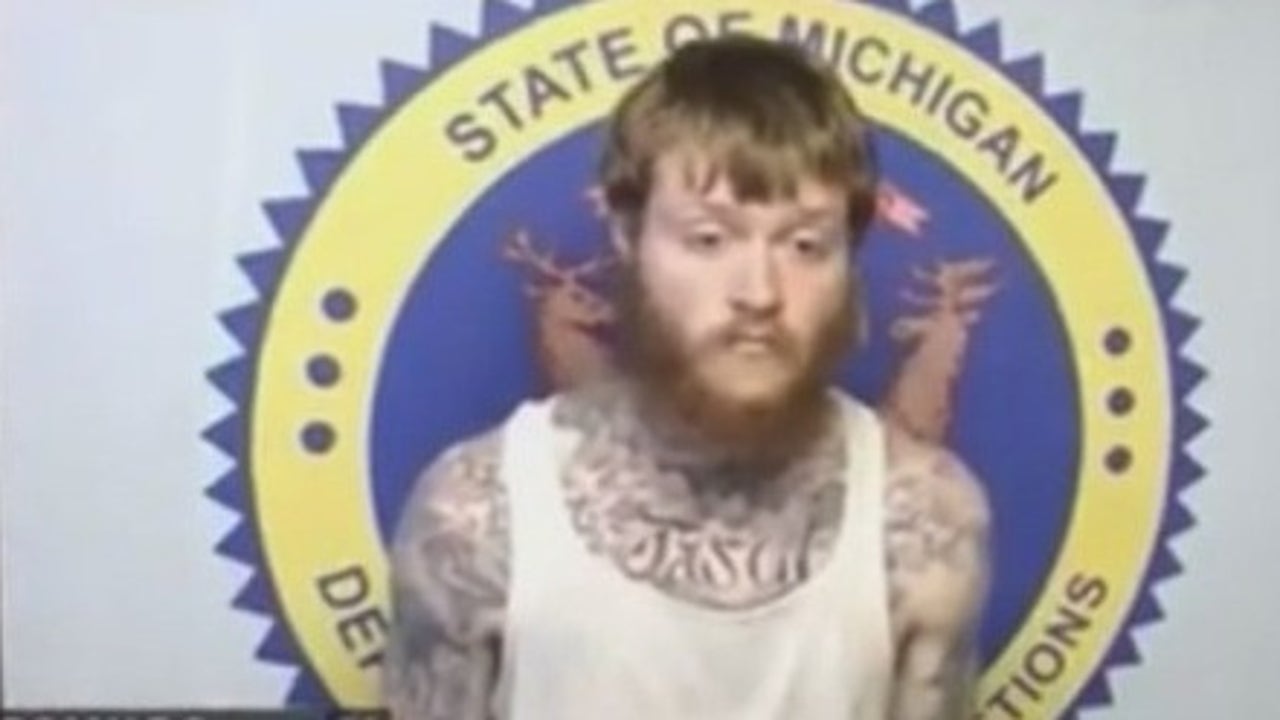Health
Ivanka Trump's jiu-jitsu practice benefits whole family, celebrity trainers reveal
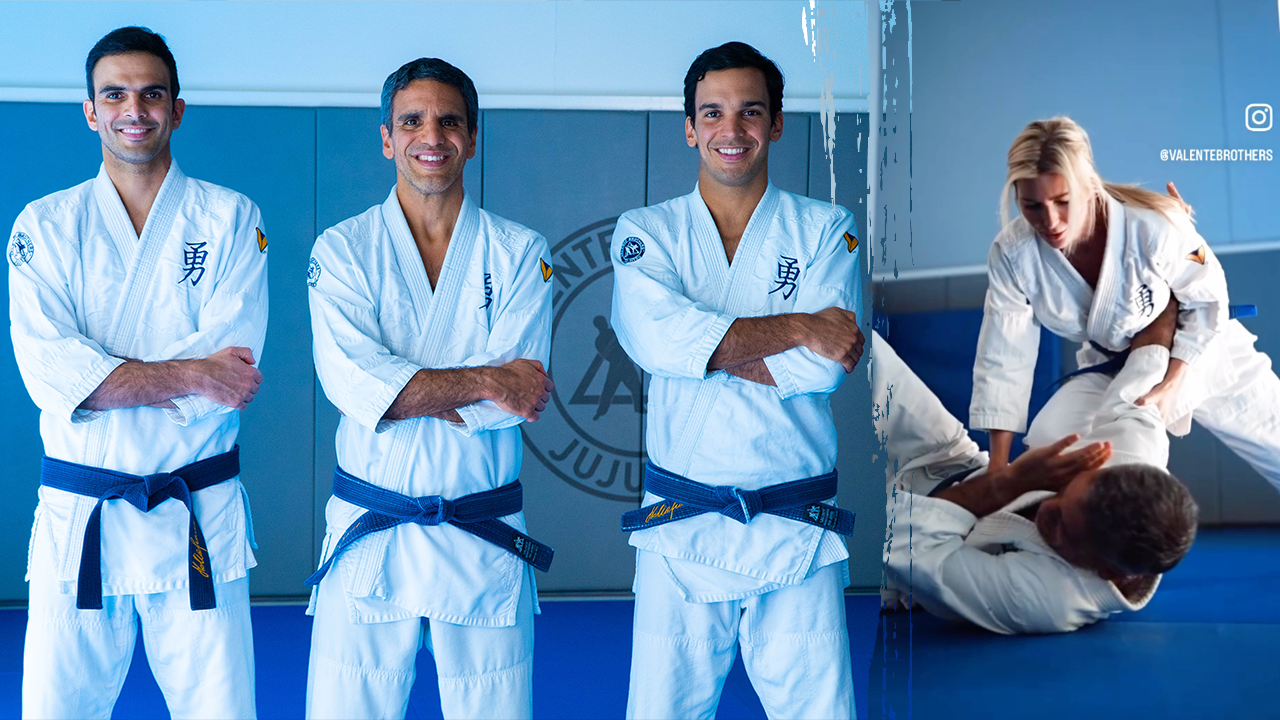
First daughter Ivanka Trump has gone public with her practice of jiu-jitsu.
In a recent Instagram post by martial artists The Valente Brothers, Trump showed off her mastered maneuvers with trainer Gui Valente.
Trump recently shared that her daughter, Arabella, first started taking classes before the entire family joined.
IVANKA TRUMP STAYS FIT WITH THIS SELF-DEFENSE PRACTICE: ‘MOVING MEDITATION’
Supermodel Gisele Bündchen, who has also trained with the Valente brothers and is the mother of Joaquim Valente’s child, has publicly called out the benefits of her own jiu-jitsu practice.
“I feel stronger, more confident and empowered since I started practicing self-defense,” she said in a previous Instagram post. “I feel it’s an important skill for all, but especially for us women.”
In an on-camera interview with Fox News Digital, the three Valente brothers — Pedro, Gui and Joaquim, who are based in Miami, Florida — shared why a self-defense practice like jiu-jitsu is a great physical and mental workout for the whole family.
“We have students starting as young as 3 years old and as old as 87 continuing their training,” Joaquim Valente said. “It creates an opportunity for everyone to engage.”
For kids facing bullying, the practice helps them develop the physical confidence to protect themselves and parents wind up tagging along, according to Joaquim.
STAY SAFE WITH 4 SELF-DEFENSE TIPS FROM EXPERT RENER GRACIE: ‘NOT AN EASY TARGET’
“Saturday, we call it family day here at Valente Brothers,” he said. “We have so many families that come together, and they train with their kids.”
The art of jiu-jitsu
The martial art, which originated from samurai warriors in medieval Japan, started to become popular in the U.S. during the 20th century, when then-President Teddy Roosevelt practiced it in the White House.
For the last 30 years, the Valente brothers, whose family is originally from Brazil and trained with world-renowned Brazilian martial artist Helio Gracie, have specialized in teaching jiu-jitsu as both a self-defense tool and a path to wellness.
The Valente brothers, (left to right) Gui, Pedro and Joaquim, operate several jiu-jitsu facilities in the U.S. At right, Ivanka Trump is shown training in jiu-jitsu with the Valente brothers. (Valente Brothers; Instagram/@valentebrothers)
The brothers focus on a “7-5-3 code” philosophy, which is intended to create “spiritual, mental and physical wellness.”
Joaquim Valente shared that their instruction focuses on empowering people for various situations, like being put in a headlock or preparing for a punch.
IVANKA TRUMP GETS JIU-JITSU TRAINING IN STUDIO OWNED BY TOM BRADY’S EX’S NEW BOYFRIEND
Gui Valente added that jiu-jitsu can also provide health benefits, noting that their predecessors were doctors — including their father, Grand Master Pedro Valente Sr., who was a plastic surgeon.
“He often talked about how what he learned on the mat helped tremendously with his career,” Gui said. “All the fundamentals of jiu-jitsu, the philosophical aspect of jiu-jitsu, can be beneficial on and off the mat.”
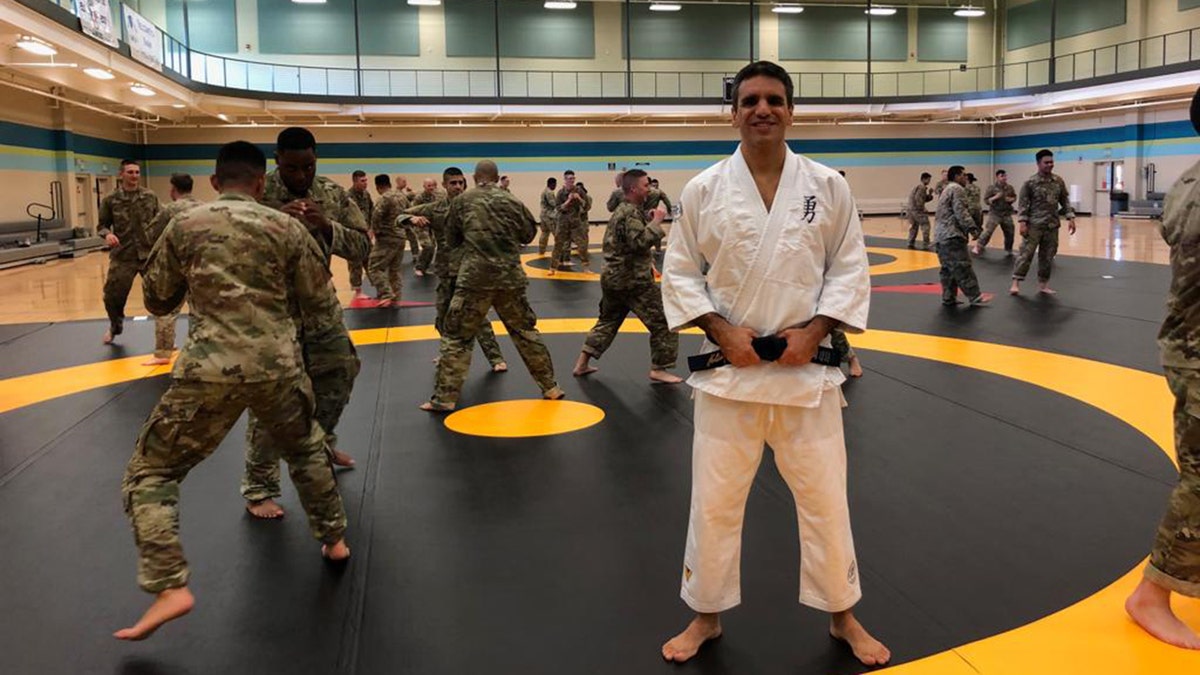
Pedro Valente, pictured, also trains members of the U.S. military. (Valente Brothers)
“Self-defense is a human necessity,” Pedro Valente added. “Our style of jiu-jitsu gives students this opportunity even if they’re very busy with their lives – with business and work and family – they still can come in and learn a very powerful system of self-defense but in a very safe way.”
Jiu-jitsu is an “exercise of the mind,” the brothers described, which makes it a great mindfulness practice amid the stresses of daily life.
Maneuvers to master
The brothers repeated that their 7-5-3 philosophy – which represents the seven virtues of a warrior, five keys to health and three states of mind – is lesson No. 1 in learning self-defense.
Simple techniques — like learning how to release control if someone grabs you by the wrist and pulls, or if someone places two hands around your neck with the intention to choke — are a basic necessity, Joaquim Valente noted.
CRUNCHES BY AGE: HERE’S HOW MANY YOU SHOULD BE ABLE TO DO
Another essential technique of jiu-jitsu is learning how to fall without being injured.
But the best self-defense technique, according to the trainers, is avoiding confrontation altogether.
“We want to think about self-defense even before the fight happens,” Gui Valente said. “When we talk about situational awareness, we also talk about teaching students risk management.”
STAY FIT IN YOUR 40S AND BEYOND WITH THESE SMART WORKOUT TIPS
Pedro Valente also discussed the importance of emotional balance and developing a “sense of poise” when approached with danger.
“When you are in a state of panic, the frontal lobe of your brain is not functioning well, you’re not going to be able to rationally decide what’s the best escape route,” he told Fox News Digital.
“The best self-defense is always avoidance. If you get into a physical fight, you’re already a step behind.”
Pedro added that having emotional balance also helps to avoid “petty arguments, bickering, that many times will lead to a fight.”
For more Health articles, visit www.foxnews.com/health
“Anticipation is key — and the only way to anticipate is to be present,” he said, emphasizing the importance of being connected to one’s surroundings.
“Presence is something that can really enhance our mental state and, at the same time, allow us to anticipate a problem that might be happening around us.”
Self-defense in schools
The three brothers, who are all fathers to young children who train, shared their goal for jiu-jitsu to be taught more widely in schools as physical education.
The brothers have been leading this movement in the Miami area, where a few instructors have been teaching in some schools.
“We consider it to be the best form of PE,” Gui Valente said. “It really complements the academics … and what develops into physical confidence, improves children’s self-esteem.”
CLICK HERE TO SIGN UP FOR OUR HEALTH NEWSLETTER
Pedro Valente echoed that this education is a “powerful combination of intellectual and physical confidence.”
“Jiu-jitsu — and this is something that we work on with psychologists and therapists — is one of the key ways to address these common problems that every kid faces,” Gui Valente added.
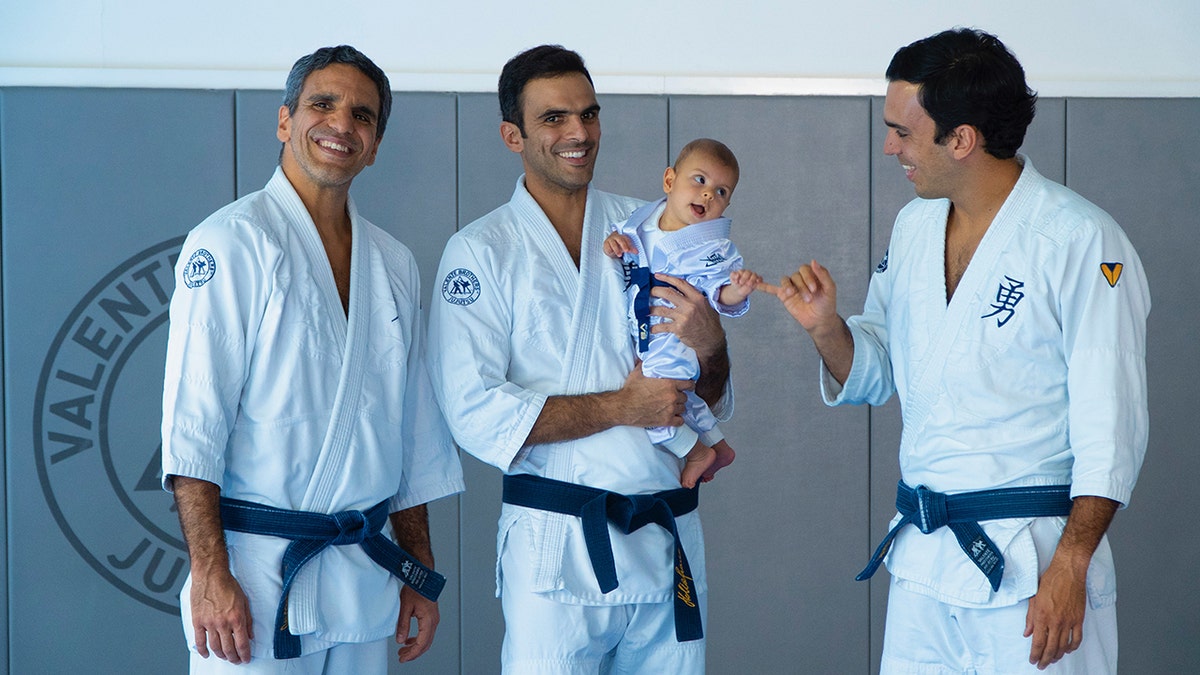
Gui Valente holds baby Arthur, the son of Joaquim Valente and model Gisele Bundchen, in his first kimono. (Valente Brothers)
The brothers also emphasized that jiu-jitsu has helped students of all ages with weight loss due to the physical elements of the sport, as well as nutritional awareness.
“Self-defense is a human necessity.”
“You work every single muscle in your body and in different ways,” Gui Valente said. “You have to be able to develop great stamina, because when you spar, you have to last for sometimes 20 to 30 minutes, or even longer than that.”
“You have to learn how to use strength efficiently, which is truly important in pretty much any exercise you choose to practice, as well as flexibility and mobility.”

Health
Dance Your Way to Weight Loss: Burn Fat and Have Fun in 30 Minutes!

Use left and right arrow keys to navigate between menu items.
Use escape to exit the menu.
Sign Up
Create a free account to access exclusive content, play games, solve puzzles, test your pop-culture knowledge and receive special offers.
Already have an account? Login
Health
‘I’m a pediatrician: I get these top 11 questions about measles’
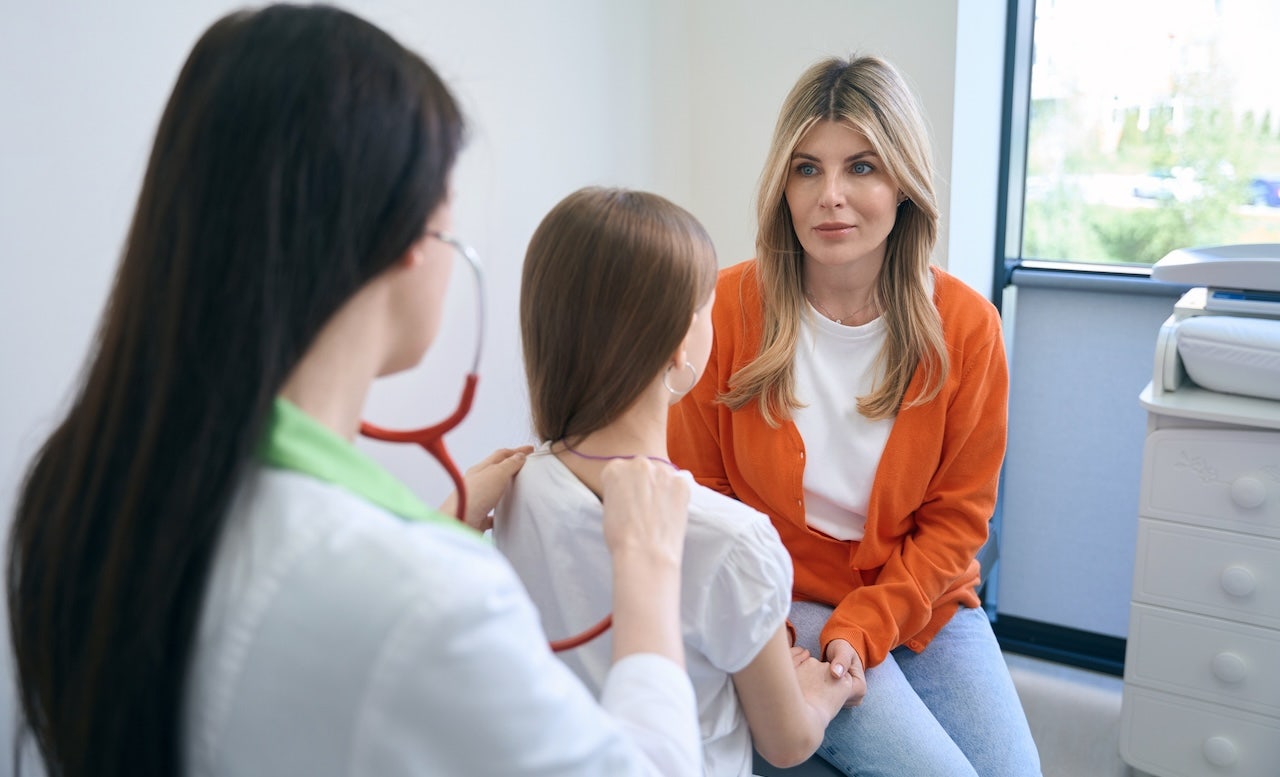
As measles cases continue to spread throughout the U.S. — with 12 states reporting official outbreaks, according to the latest CDC data — concern is growing among high-risk groups.
Children under the age of 5 are most vulnerable to measles, health experts confirm.
The CDC recommends that children receive two doses of the MMR (measles-mumps-rubella) vaccine, starting with the first dose at 12 to 15 months of age, and a second dose at 4 through 6 years of age.
MEASLES OUTBREAKS EMERGE ACROSS US: SEE WHICH STATES HAVE REPORTED CASES
That means children under 5 may not have full protection.
As measles cases continue to spread throughout the U.S. — with 12 states reporting official outbreaks, according to the latest CDC data — concern is growing among high-risk groups. (iStock)
Allison Croucher, DO, a pediatrician and doctor of osteopathic medicine with Duly Health and Care in Illinois, said she frequently gets questions from concerned parents looking to protect their children from the highly contagious virus.
Chroucher shared some of the most common inquiries she receives, along with her responses.
1. Should I be worried about measles where I live or where I’m traveling to?
Measles cases have been reported in 20 states so far (according to the CDC): Alaska, Arkansas, California, Colorado, Florida, Georgia, Hawaii, Illinois, Indiana, Kansas, Kentucky, Louisiana, Maryland, Michigan, Minnesota, Missouri, Montana, New Jersey, New Mexico, New York City, New York State, Ohio, Oklahoma, Pennsylvania, Rhode Island, Tennessee, Texas, Vermont, Virginia and Washington.
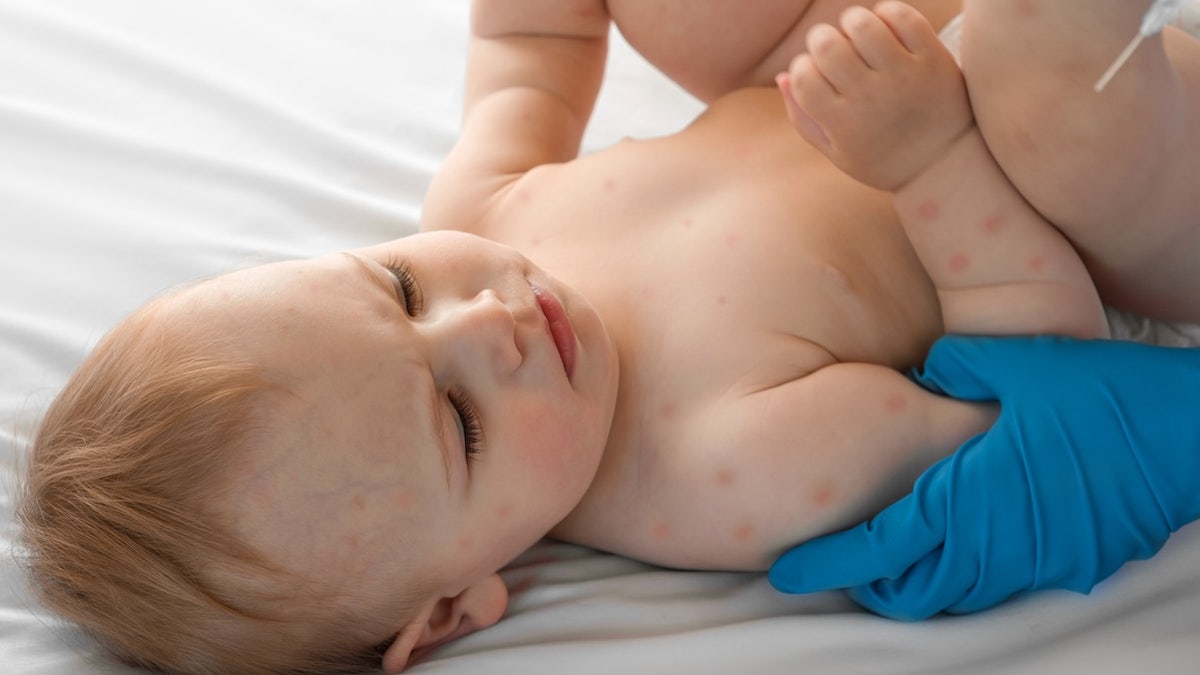
Children under the age of 5 are most vulnerable to measles, health experts confirm. (iStock)
Even if you do not live in one of those areas, keep a close eye on local health alerts, since the disease is rapidly evolving.
Your state’s Department of Health website, which should end in “.gov,” is a great place to start. If you plan on traveling to an area with reported cases, be sure to seek guidance from your doctor beforehand.
2. How do I know if my child is fully vaccinated?
A child is considered fully vaccinated for measles if they have received two doses of the measles, mumps and rubella (MMR) vaccine at least four weeks apart.
The first dose is typically given to children between 12 and 15 months old, followed by the second at four to six years.
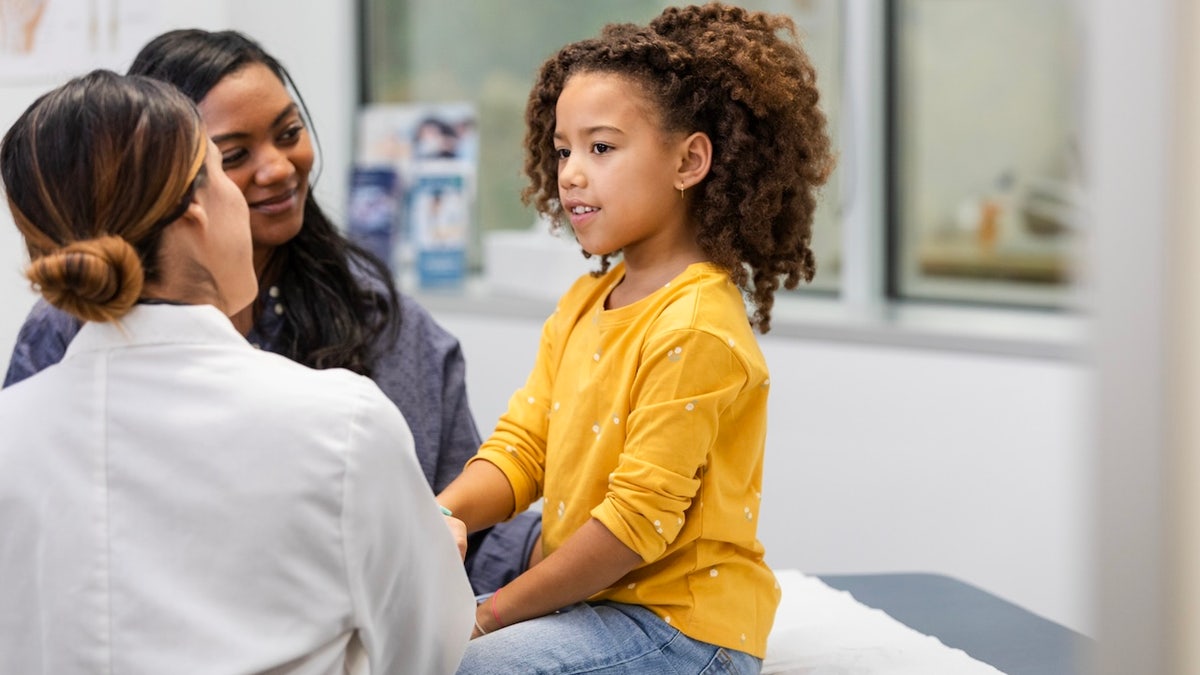
In the early stages, symptoms to watch out for include fever, cough, runny nose, and red, irritated eyes. (iStock)
3. Can my infant get the vaccine early?
In certain cases, yes. Infants who are high-risk or traveling to areas with active cases may be eligible to get the MMR vaccine between six months and 12 months of age. This depends on individual circumstances, so it’s important to talk with your pediatrician.
Keep in mind that an early dose doesn’t count on the regular vaccination schedule — your child will still need two additional doses after their first birthday.
ANOTHER STATE CONFIRMS MEASLES CASE WITH INFECTED CHILD ITS FIRST OF YEAR
4. What if my infant is too young to get the MMR vaccine?
If your infant is too young for the vaccine, it’s important to take extra precautions to limit their exposure to others who are or might be ill. Don’t be afraid to decline travel or gatherings — you have every right to protect your child’s health.
5. How early can my child get their second MMR vaccine?
For children over one year, the second MMR dose can be given as early as four weeks after the first. Once they’ve received both doses, children are considered fully vaccinated and don’t require any additional doses.
“One to three of every 1,000 children infected with measles will die due to complications from the disease.”
6. We have been around other people who recently traveled. What symptoms should we watch for?
In the early stages, symptoms to watch out for include fever, cough, runny nose, and red, irritated eyes.
These symptoms usually appear seven to 14 days after initial exposure.
7. My child is showing signs of a cold. Could this be early-stage measles?
It’s not always easy to tell, since measles shares symptoms with many other illnesses. One key differentiator is that children with measles typically display very high fevers, around 104°F. They also tend to be very fussy.
Around the second or third day of symptoms, many patients develop small, bluish-white spots on their inner cheeks, referred to as Koplik spots — though not every child will develop these spots. The telltale red rash typically develops three to five days into the illness.
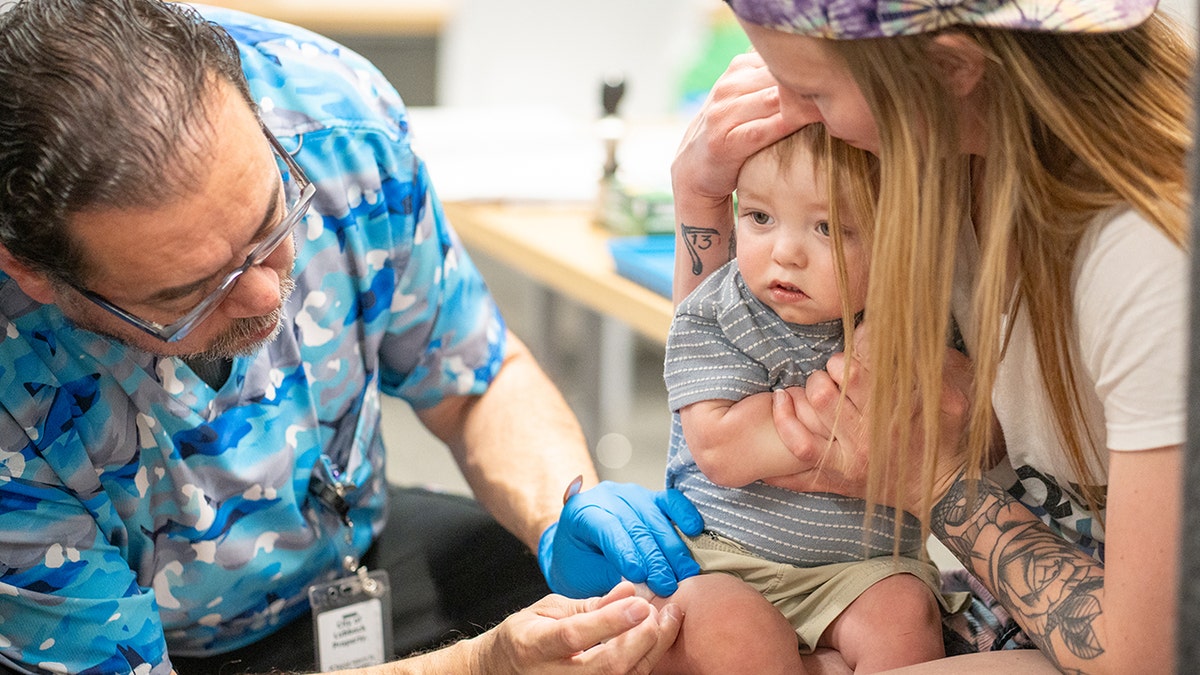
A child is considered fully vaccinated for measles if they have received two doses of the measles, mumps and rubella (MMR) vaccine at least four weeks apart. (Jan Sonnenmair/Getty Images)
8. What does the measles rash look like?
This rash typically starts three to five days after the initial symptoms. It begins as small spots on the face near the hairline, then spreads downwards and can cover the entire body.
9. Why is measles dangerous?
Measles can have many complications, ranging from mild to severe. About one in 10 people will develop ear infections or diarrhea.
About one in five unvaccinated children with measles will require hospitalization. Up to one in 20 children will contract pneumonia, which is the most common cause of death from the disease.
CLICK HERE TO SIGN UP FOR OUR HEALTH NEWSLETTER
About one in 1,000 children will develop encephalitis, or inflammation and swelling of the brain. This can lead to seizures, lifelong disability or even death. In all, one to three of every 1,000 children infected with measles will die due to complications from the disease.
10. Why aren’t some people getting their kids the MMR vaccine?
There is a growing amount of misinformation and disinformation circulating about vaccines, which has led some parents to delay or skip them altogether.
The MMR vaccine has been safely administered to millions of people and has an excellent safety record — and research has repeatedly debunked the myth that the vaccine is linked to autism.
For more Health articles, visit www.foxnews.com/health
11. What should I do if I think my child might have the measles?
Don’t wait — contact your doctor right away. They can guide you through the next steps.
The above questions and answers were provided by Allison Croucher, DO, a pediatrician and doctor of osteopathic medicine with Duly Health and Care in Illinois.
Health
‘Vaguely Threatening’: Federal Prosecutor Queries Leading Medical Journal

A federal prosecutor in Washington has contacted The New England Journal of Medicine, considered the world’s most prestigious medical journal, with questions that suggested without evidence that it was biased against certain views and influenced by external pressures.
Dr. Eric Rubin, the editor in chief of N.E.J.M., described the letter as “vaguely threatening” in an interview with The New York Times.
At least three other journals have received similar letters from Edward Martin Jr., a Republican activist serving as interim U.S. attorney in Washington. Mr. Martin has been criticized for using his office to target opponents of the administration.
His letters accused the publications of being “partisans in various scientific debates” and asked a series of accusatory questions about bias and the selection of research articles.
Do they accept submissions from scientists with “competing viewpoints”? What do they do if the authors whose work they published “may have misled their readers”? Are they transparent about influence from “supporters, funders, advertisers and others”?
News of the letter to N.E.J.M. was reported earlier by STAT, a health news outlet.
Mr. Martin also asked about the role of the National Institutes of Health, which funds some of the research the journals publish, and the agency’s role “in the development of submitted articles.”
Amanda Shanor, a First Amendment expert at the University of Pennsylvania, said the information published in reputable medical journals like N.E.J.M. is broadly protected by the Constitution.
In most cases, journals have the same robust rights that apply to newspapers — the strongest the Constitution provides, she added.
“There is no basis to say that anything other than the most stringent First Amendment protections apply to medical journals,” she said. “It appears aimed at creating a type of fear and chill that will have effects on people’s expression — that’s a constitutional concern.”
It’s unclear how many journals have received these letters or the criteria that Mr. Martin used to decide which publications to target. The U.S. attorney’s office in Washington did not respond to a request for comment.
“Our job is to evaluate science and evaluate it in an unbiased fashion,” Dr. Rubin said. “That’s what we do and I think we do it well. The questions seem to suggest that there’s some bias in what we do — that’s where the vaguely threatening part comes in.”
Jeremy Berg, the former editor in chief of the journal Science, said he thought the letters were designed to “intimidate journals to bend over backward” to publish papers that align with the administration’s beliefs — on climate change and vaccines, for example — even if the quality of the research is poor.
Robert F. Kennedy Jr., the nation’s health secretary, singled out N.E.J.M in an interview with the “Dr. Hyman Show” podcast last year as an example of a medical journal that has participated in “lying to the public” and “retracting the real science.”
Andrew Nixon, a spokesman for the Health and Human Services Department, declined to comment on whether Mr. Kennedy had any involvement with the letters.
In the interview, Mr. Kennedy said he would seek to prosecute medical journals under federal anti-corruption laws.
“I’m going to litigate against you under the racketeering laws, under the general tort laws,” he said. “I’m going to find a way to sue you unless you come up with a plan right now to show how you’re going to start publishing real science.”
Dr. Jay Bhattacharya, the new director of N.I.H., has vigorously criticized the leadership of scientific journals. Recently he co-founded a new journal as an alternative to traditional scientific publishing. It has published contrarian views on Covid.
Other prominent journals said they had not received the letter. On Friday, The Lancet, which is based in Britain, published a scathing editorial in solidarity, calling the letters “an obvious ruse to strike fear into journals and impinge on their right to independent editorial oversight.”
“Science and medicine in the U.S.A. are being violently dismembered while the world watches,” the editorial said.
One of Mr. Martin’s letters was sent to the journal Chest, a low-profile publication that publishes highly technical studies on topics like lung cancer and pneumonia. The New York Times reported last week that at least two other publishers had received nearly identically worded letters.
They declined to speak publicly for fear of retribution from the Trump administration.
Dr. Rubin said he, too, was worried about political backlash. Scientific journals rely on public funds in several indirect ways — for example, universities often use federal grants to pay for subscriptions.
“Are we concerned? Of course we are,” he said. “But we want to do the right thing.”
Mr. Martin gave the journals until May 2 to respond to his questions. N.E.J.M. has already responded to Mr. Martin with a statement that pushes back against his characterization of the journal.
“We use rigorous peer review and editorial processes to ensure the objectivity and reliability of the research we publish,” the statement read. “We support the editorial independence of medical journals and their First Amendment rights to free expression.”
This is not the N.E.J.M’s first brush with a Trump administration.
In 2020, the journal published an editorial condemning the president’s response to the pandemic — the first time the journal had supported or condemned a political candidate in its 208-year history.
Dr. Rubin said he doubted Mr. Martin’s letter was related to the editorial. The journal Chest didn’t write about Trump’s first term yet received a letter, he noted.
-
News1 week ago
Harvard would be smart to follow Hillsdale’s playbook. Trump should avoid Biden’s. | Opinion
-

 Politics7 days ago
Politics7 days agoVideo: Hegseth Attacks the Media Amid New Signal Controversy
-

 Culture5 days ago
Culture5 days agoNew Poetry Books That Lean Into Calm and Joy Amid Life’s Chaos
-

 News1 week ago
News1 week agoMaps: Where Do Federal Employees Work in America?
-

 Technology1 week ago
Technology1 week agoPete Hegseth reportedly spilled Yemen attack details in another Signal chat
-
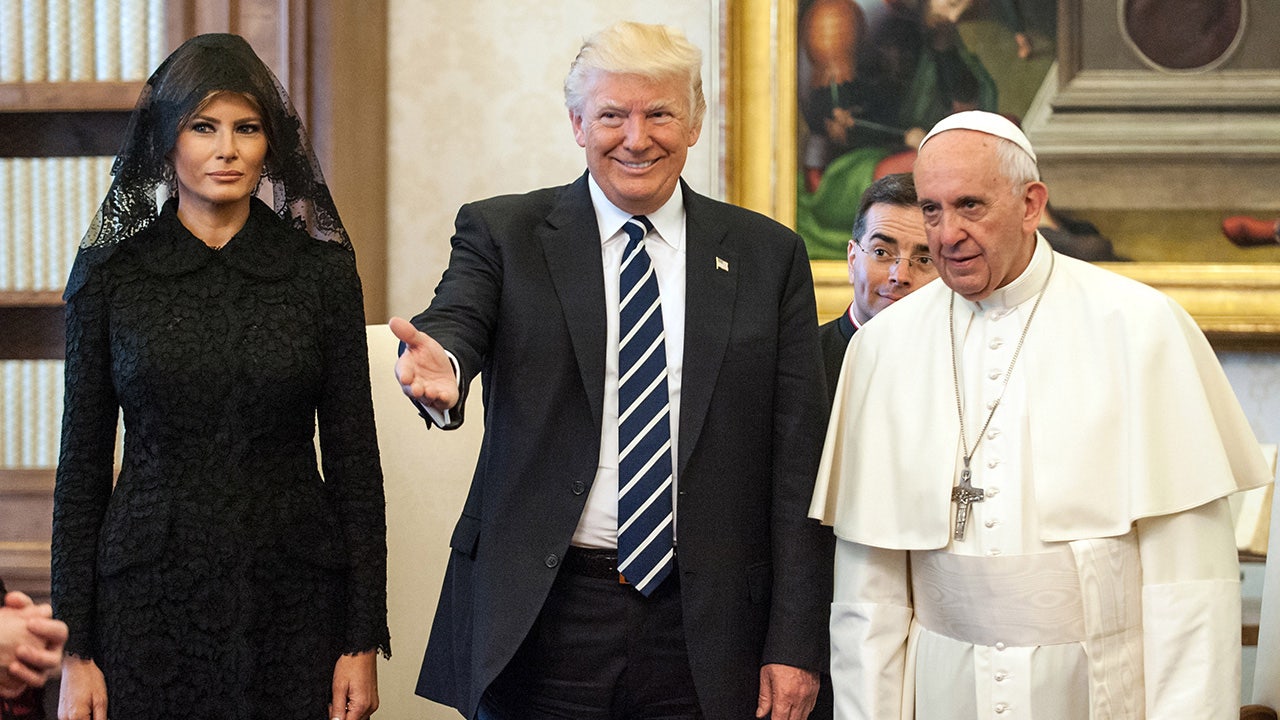
 Politics1 week ago
Politics1 week agoPope Francis and US presidents: A look back at his legacy with the nation's leaders
-

 World7 days ago
World7 days agoNew Zealand’s minor gov’t party pushes to define women by biological sex
-
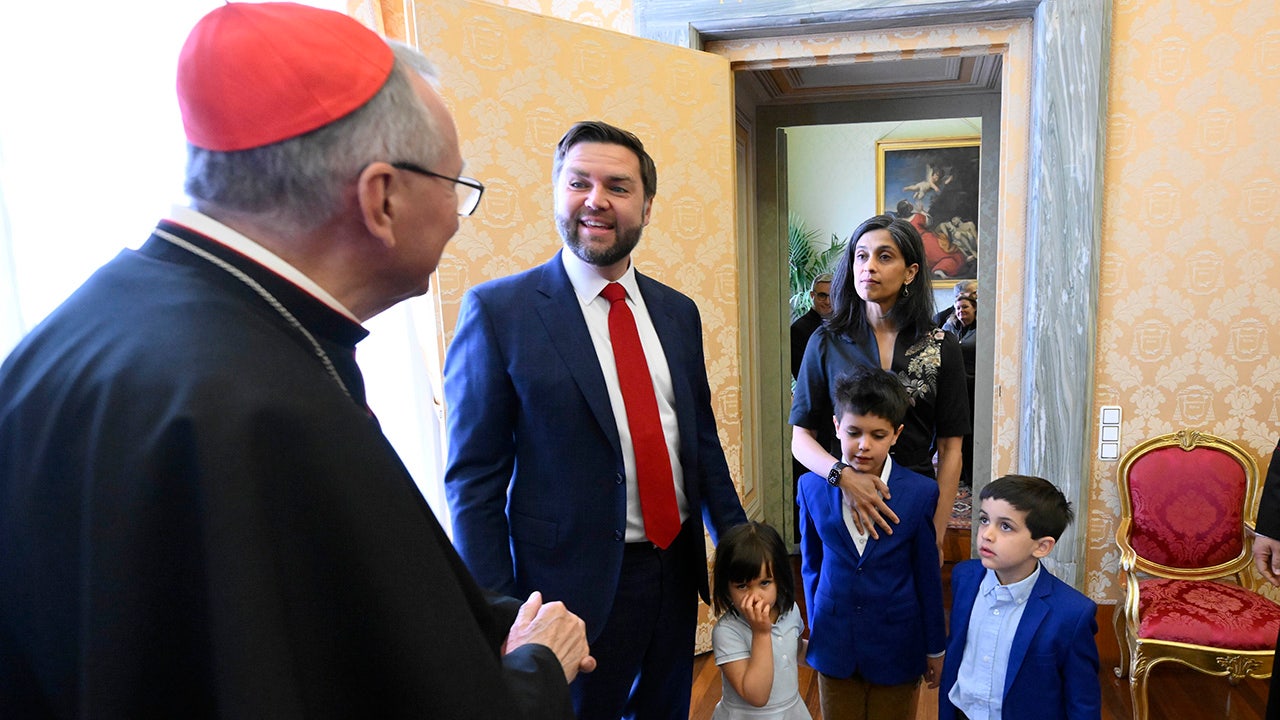
 Politics1 week ago
Politics1 week agoJD Vance has ‘exchange of opinions’ on issues like deportations during meeting with top Vatican official

